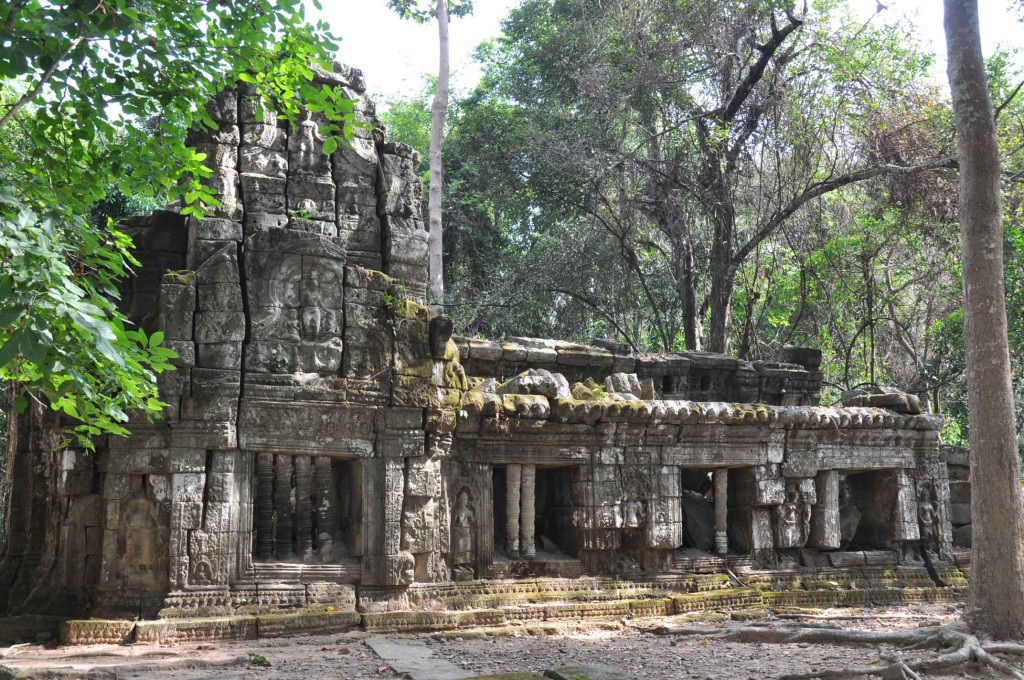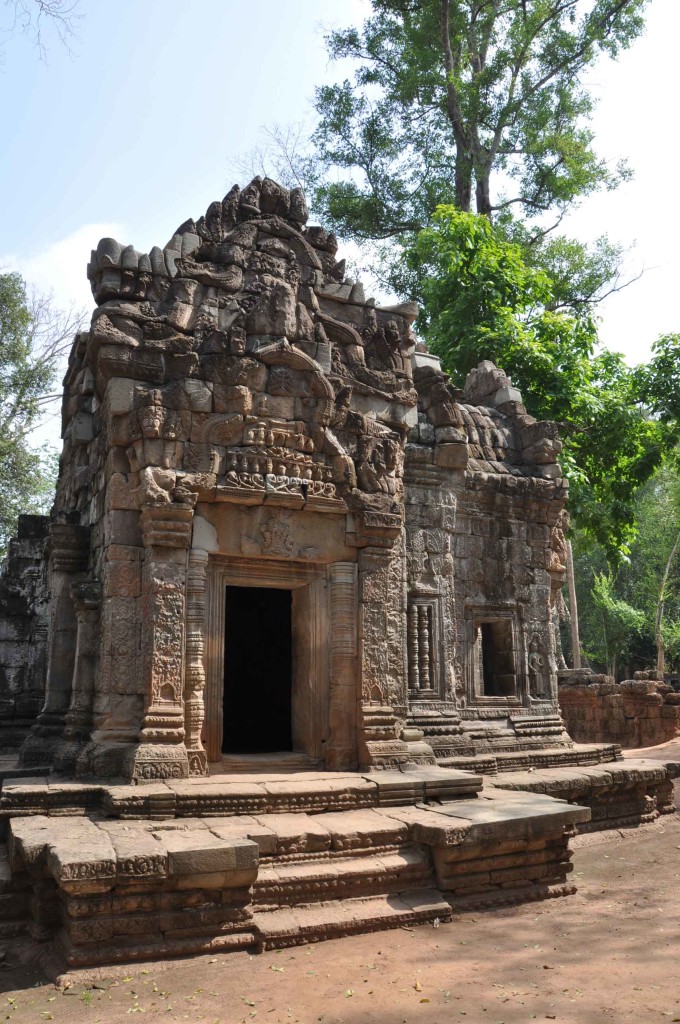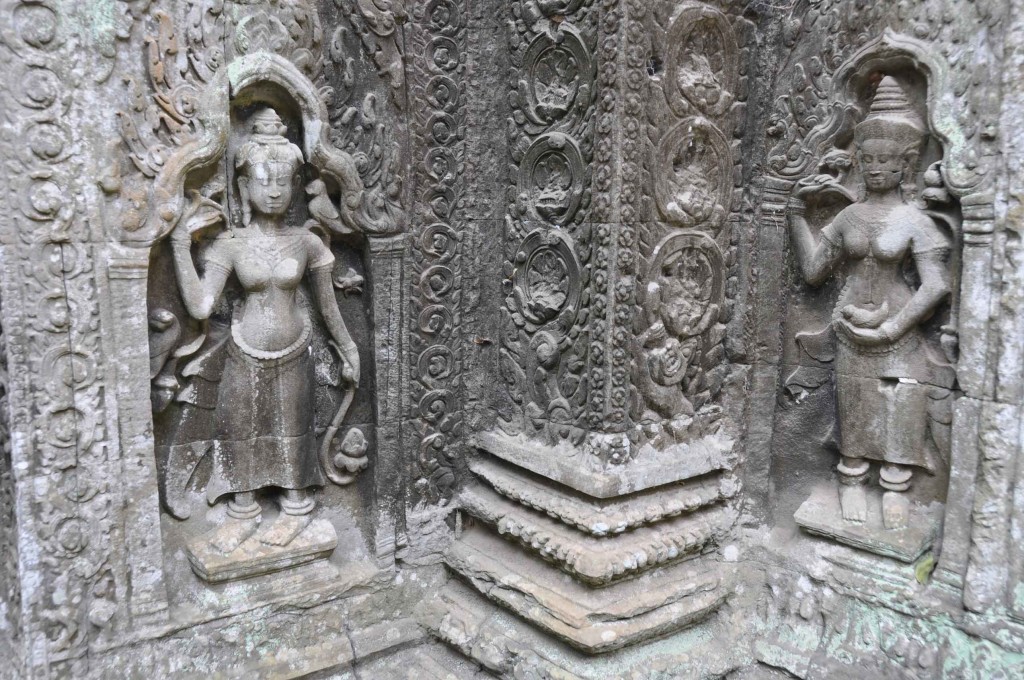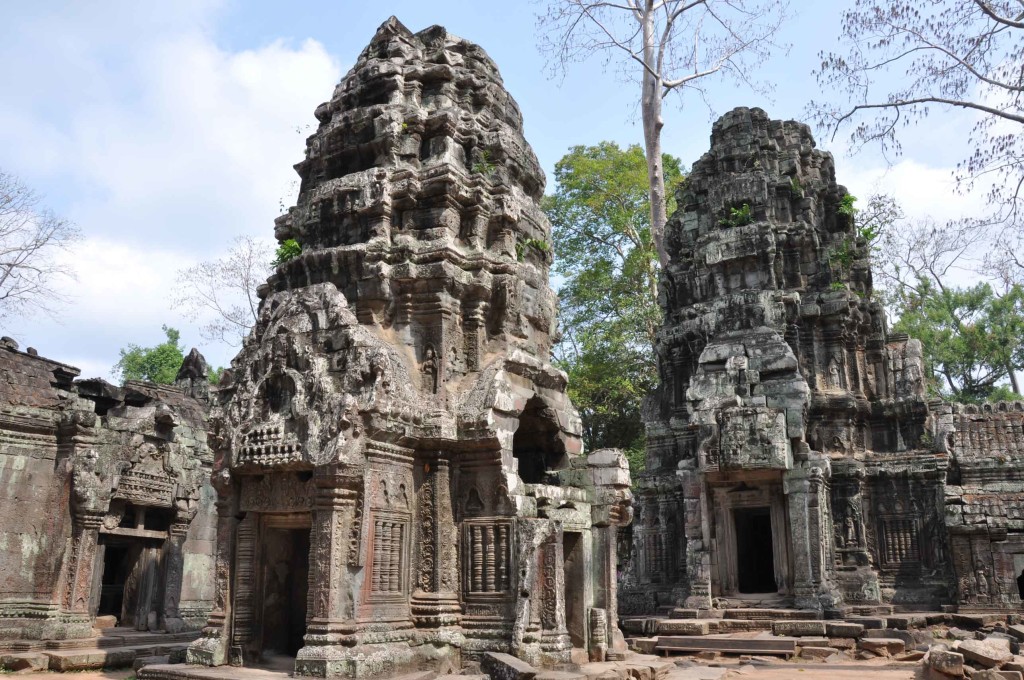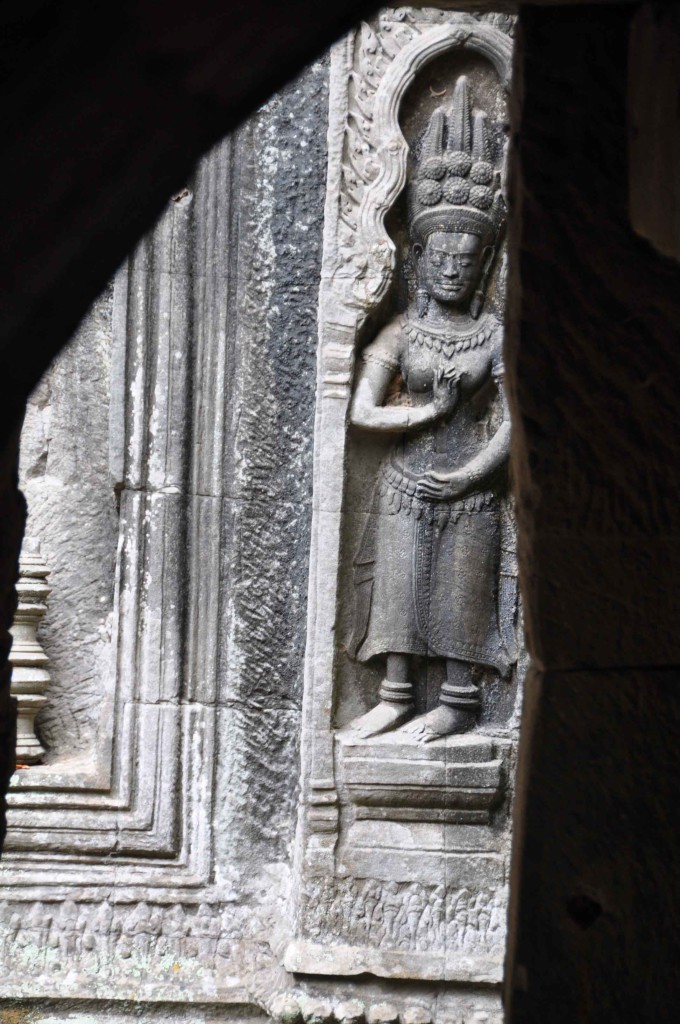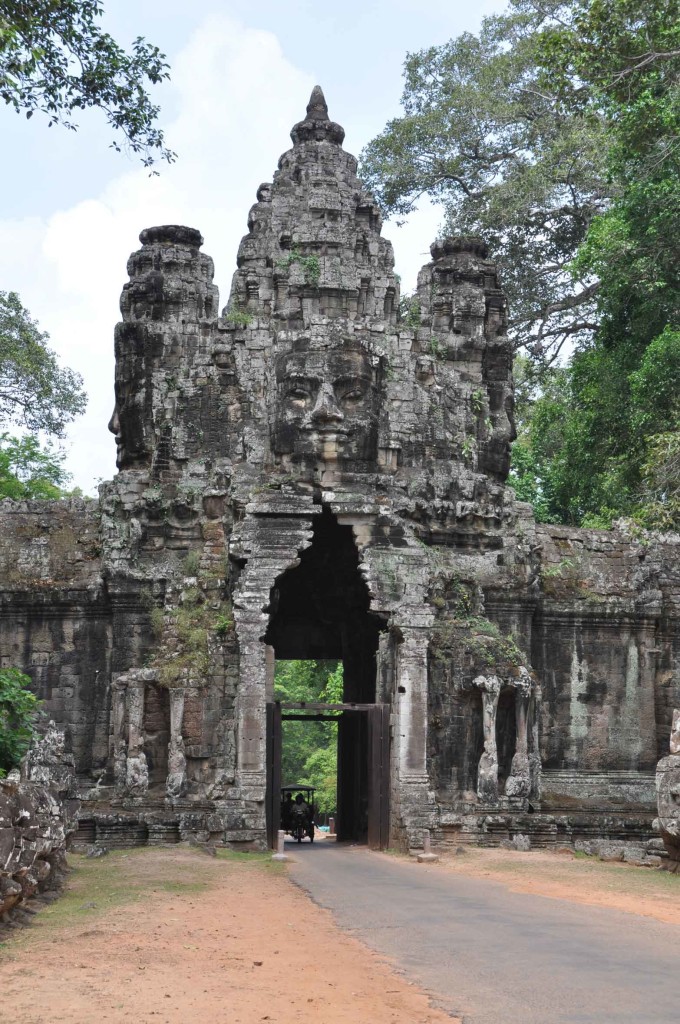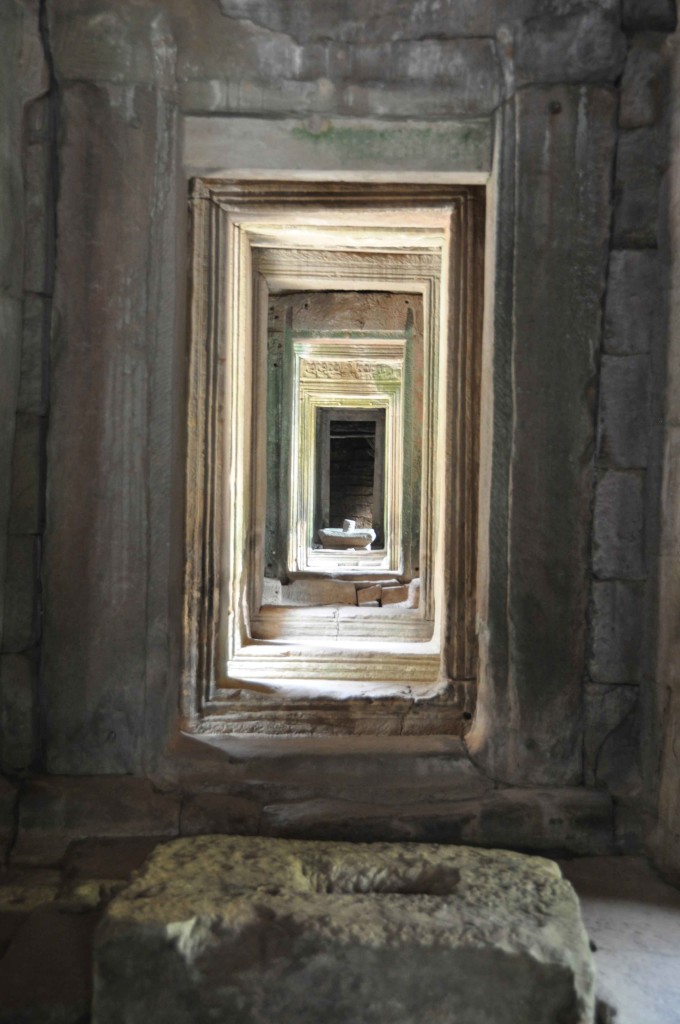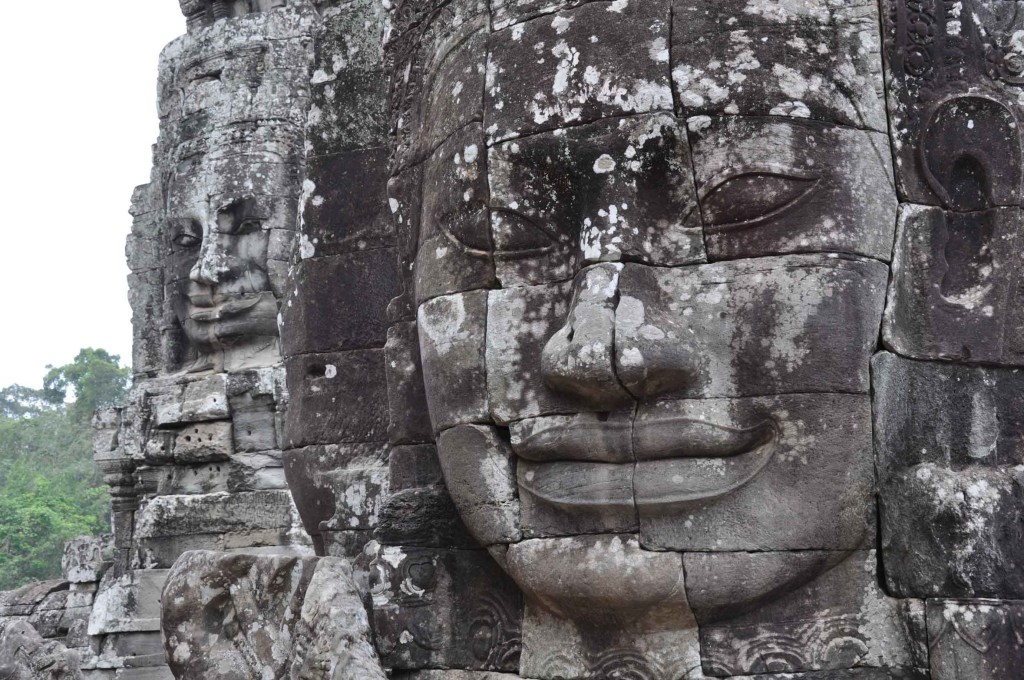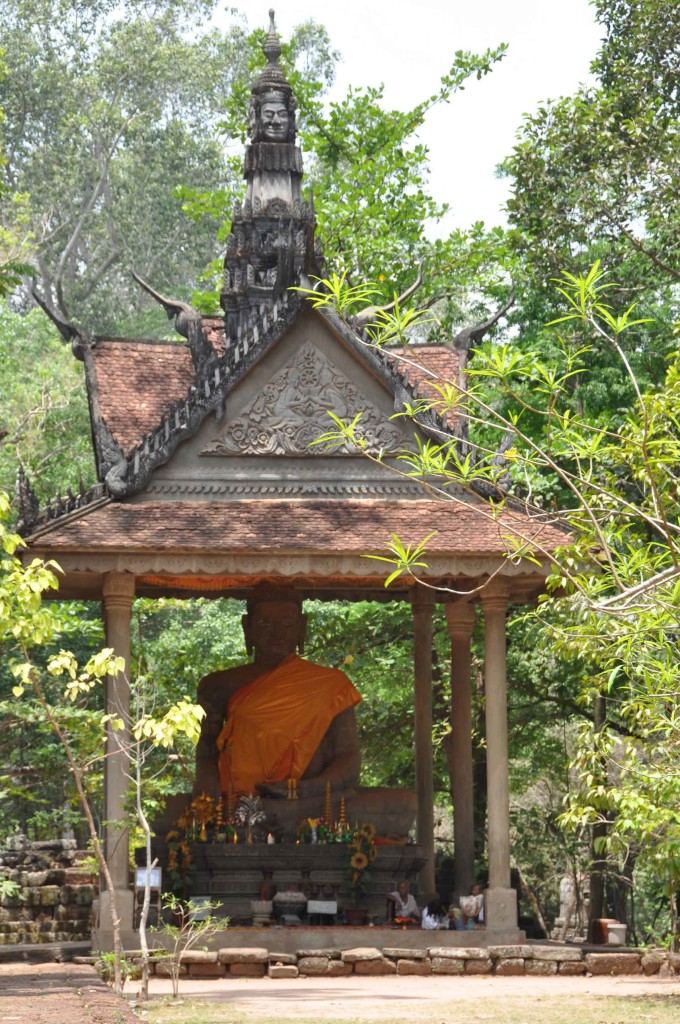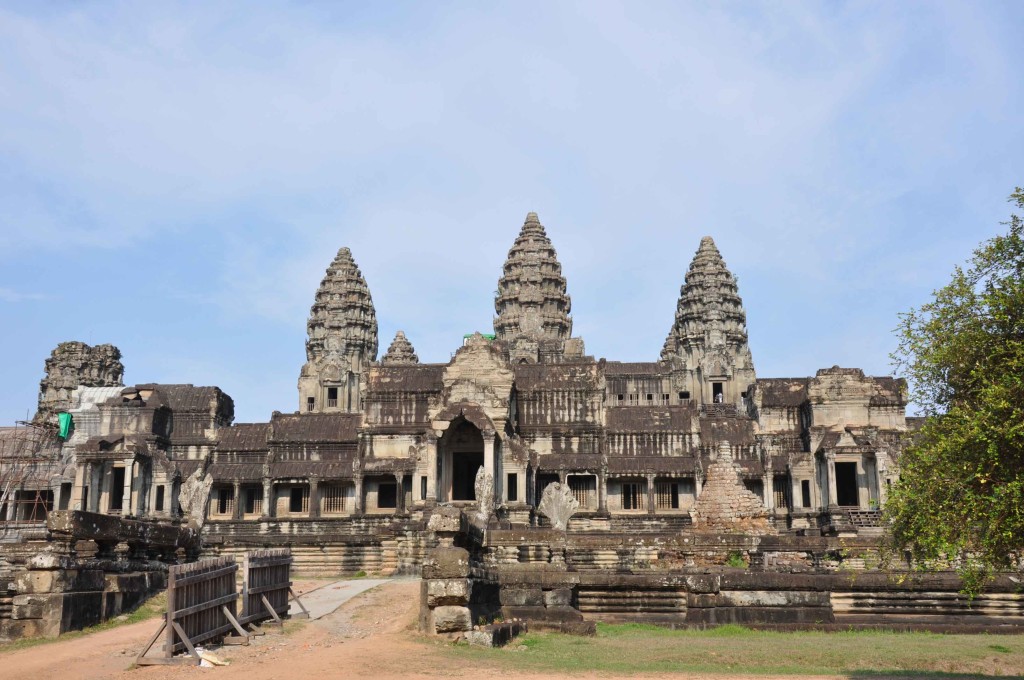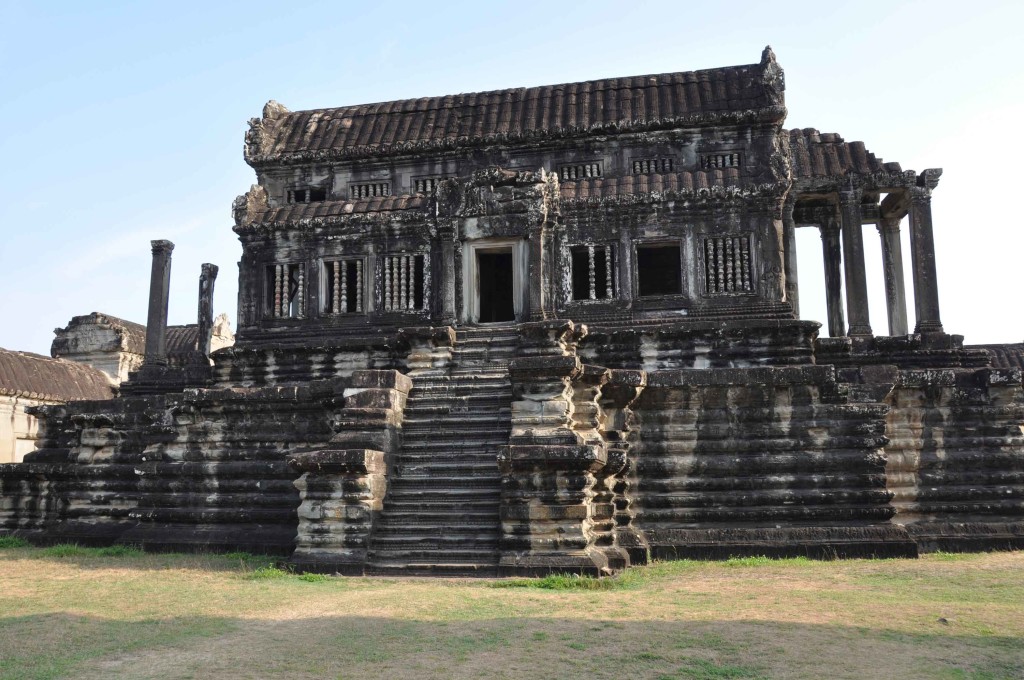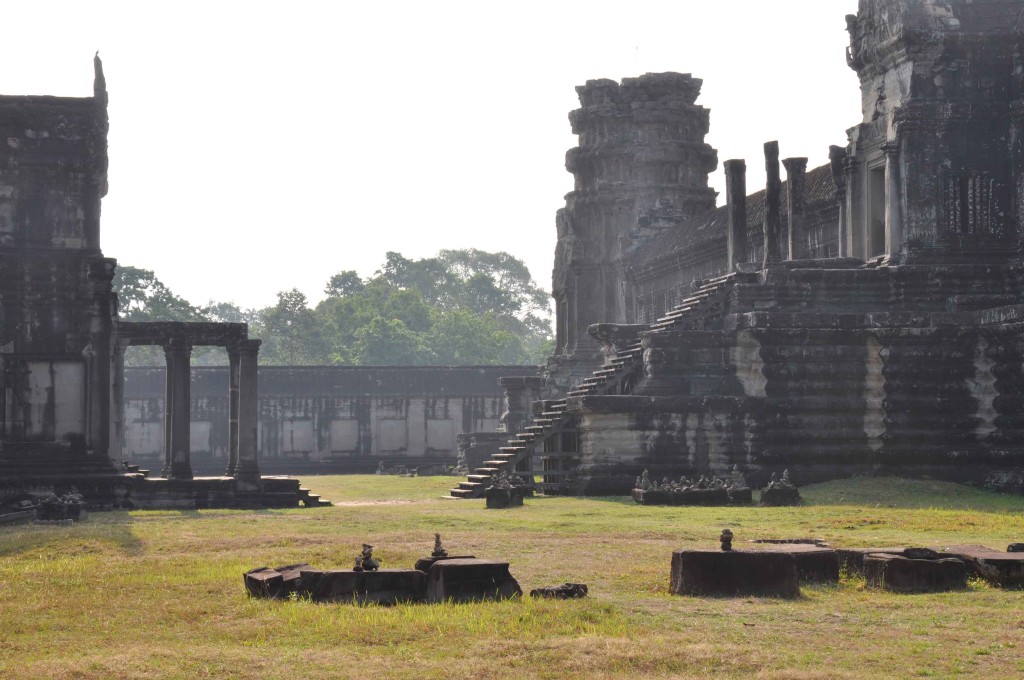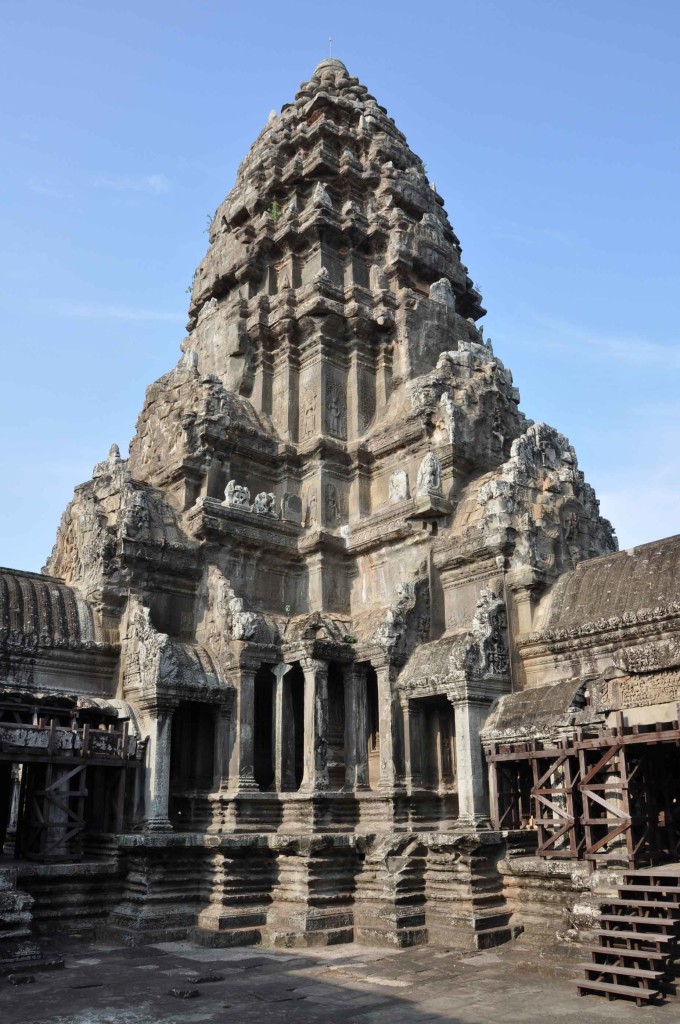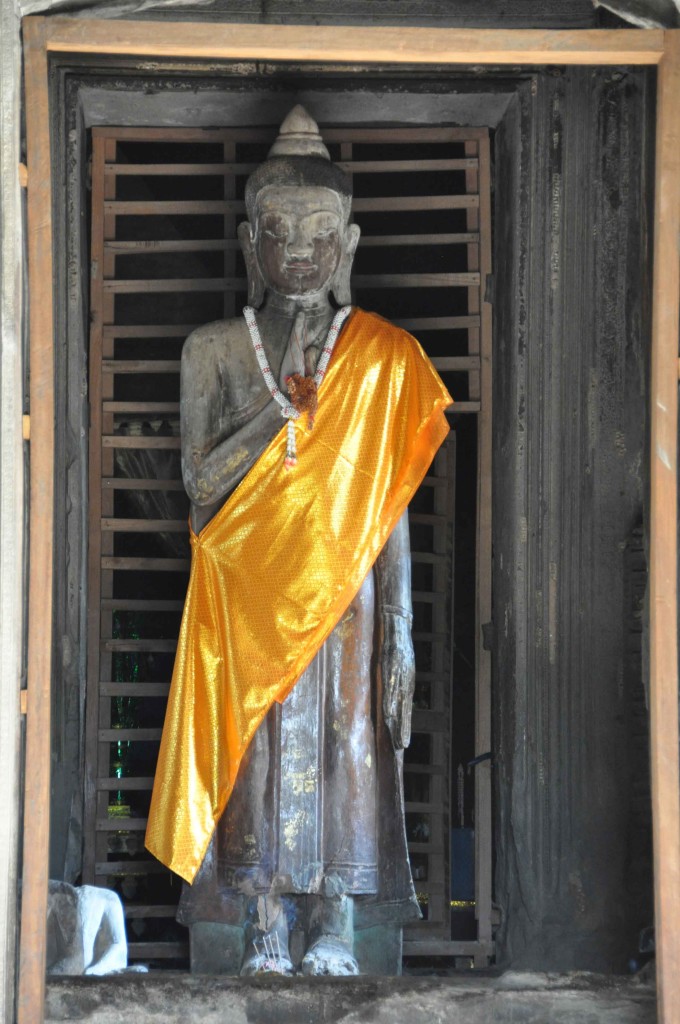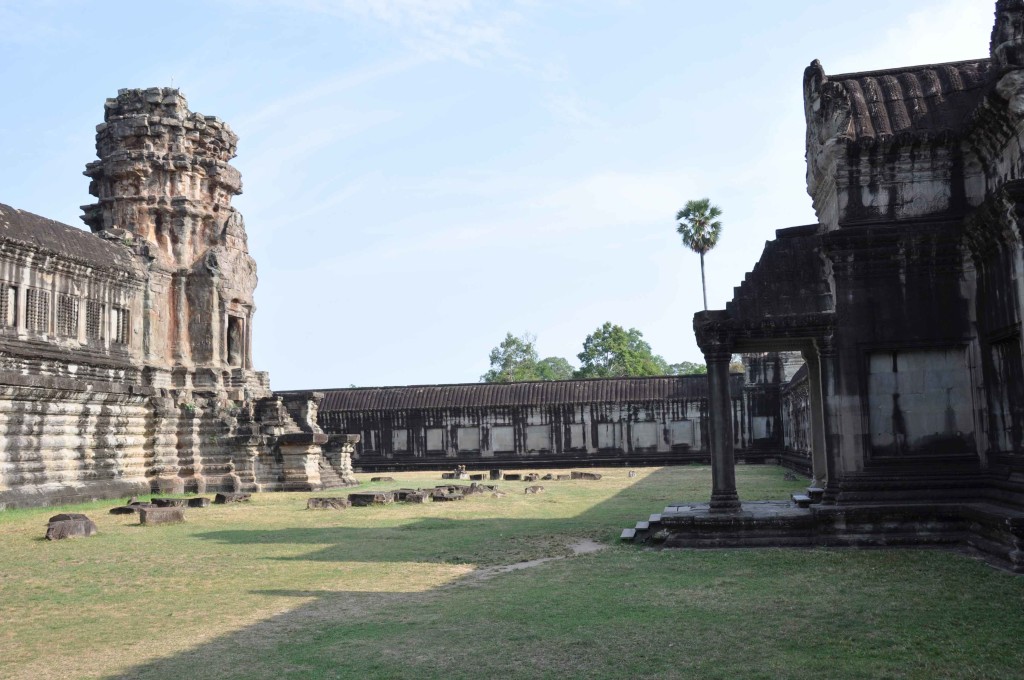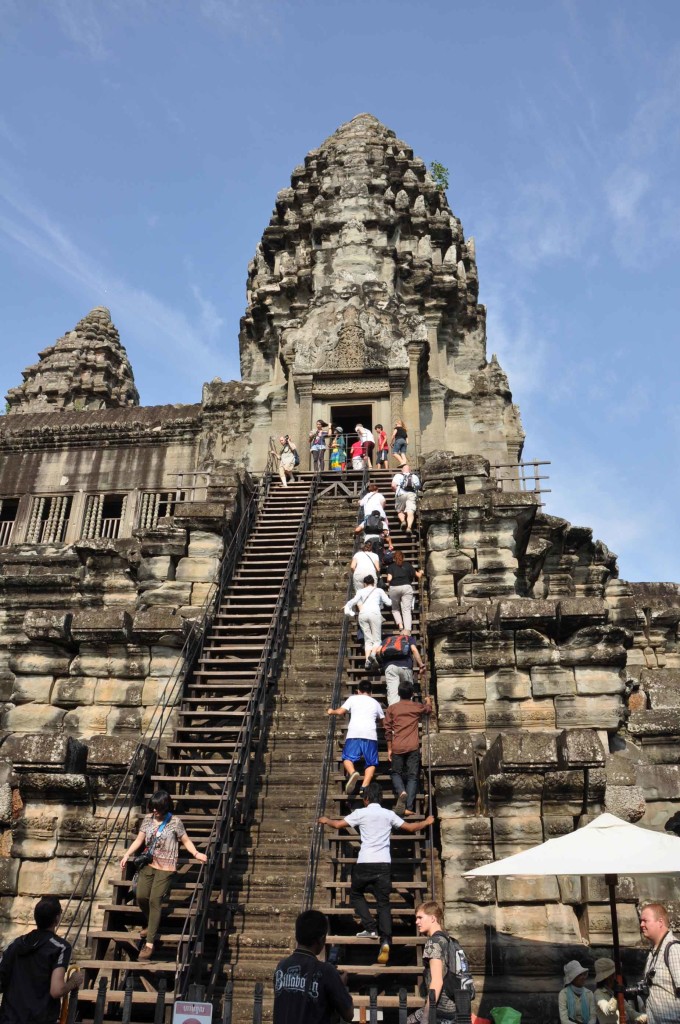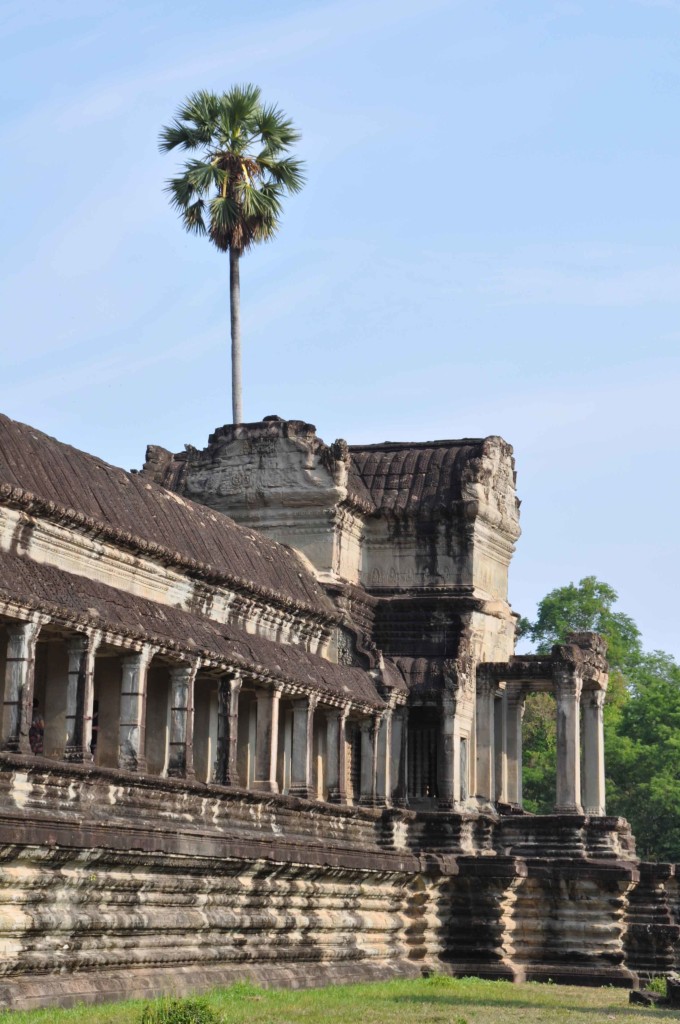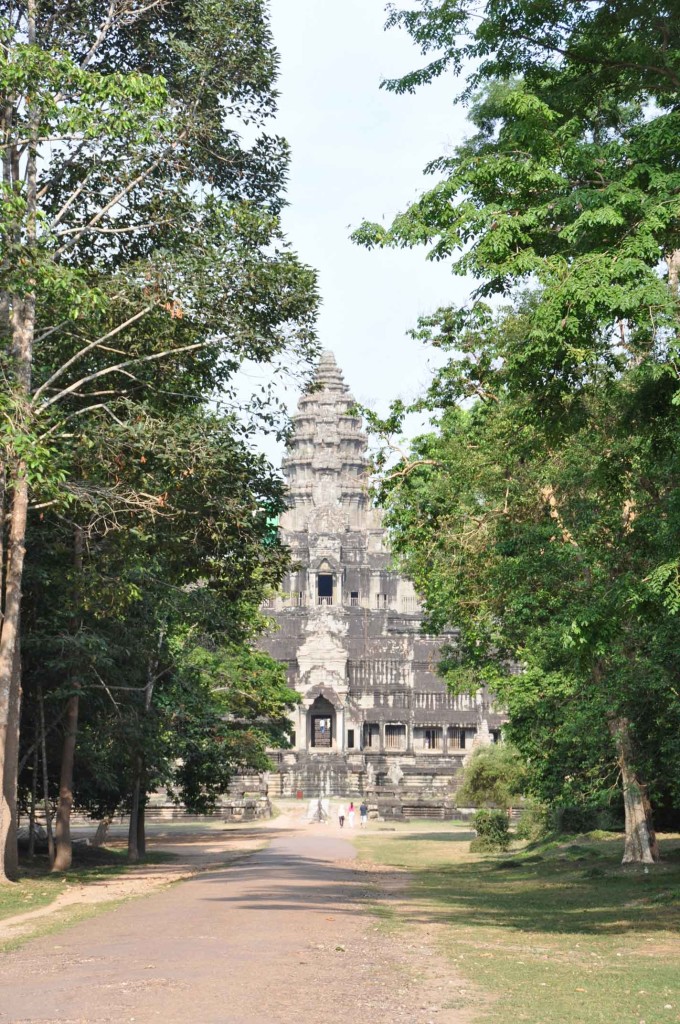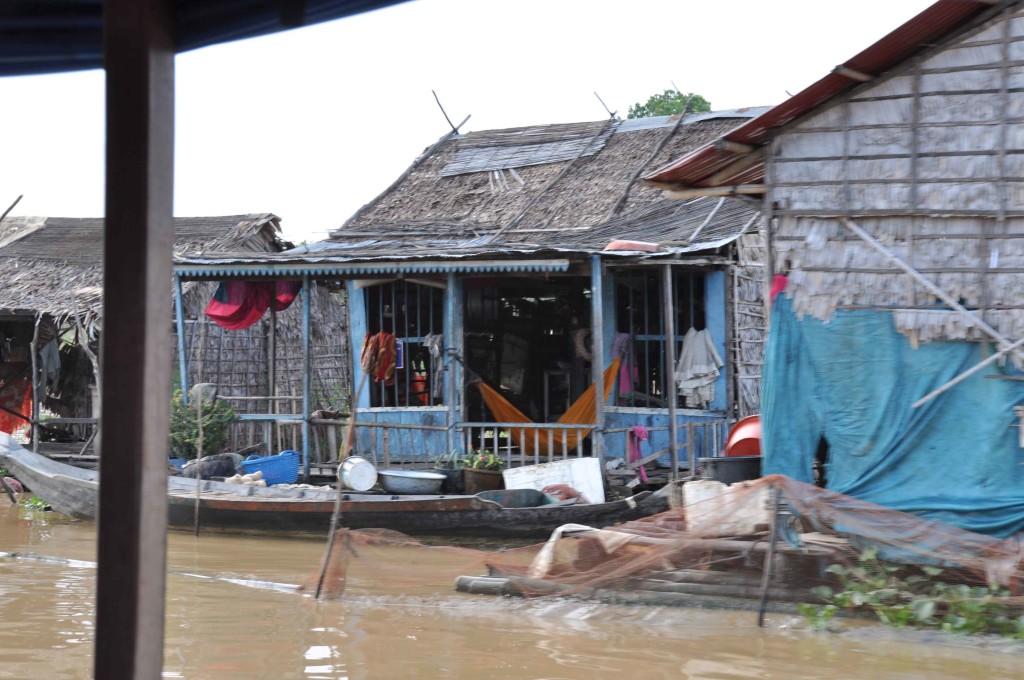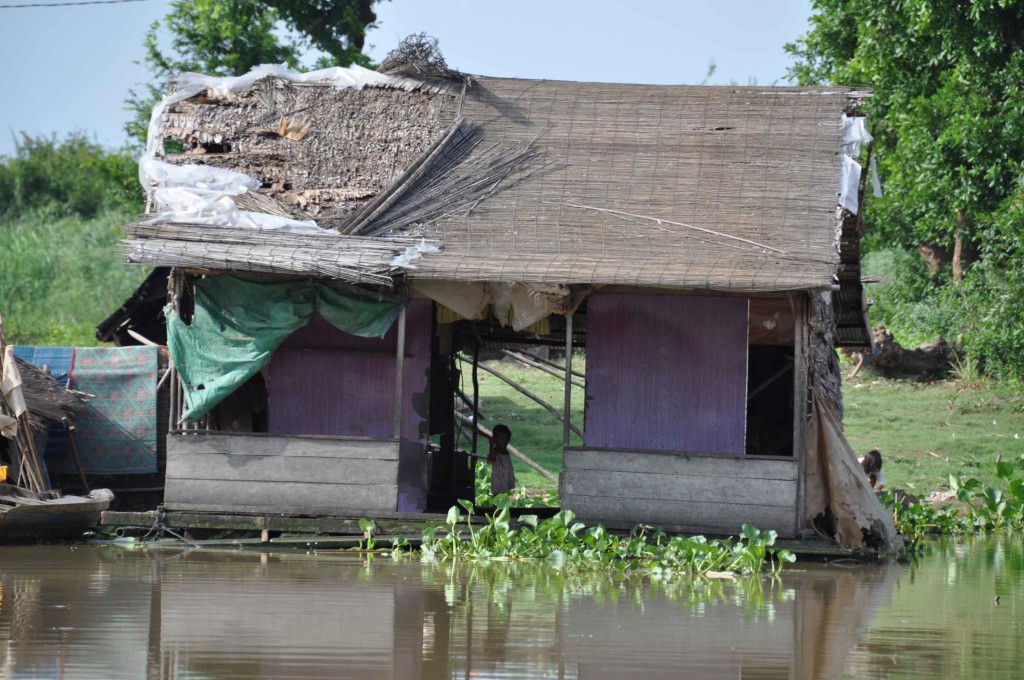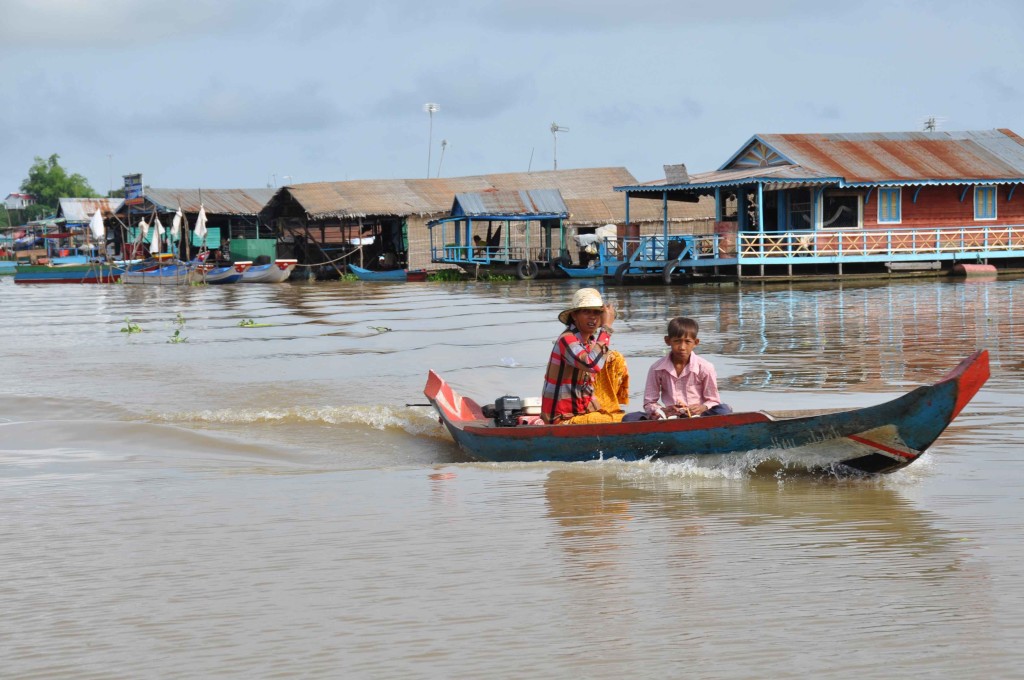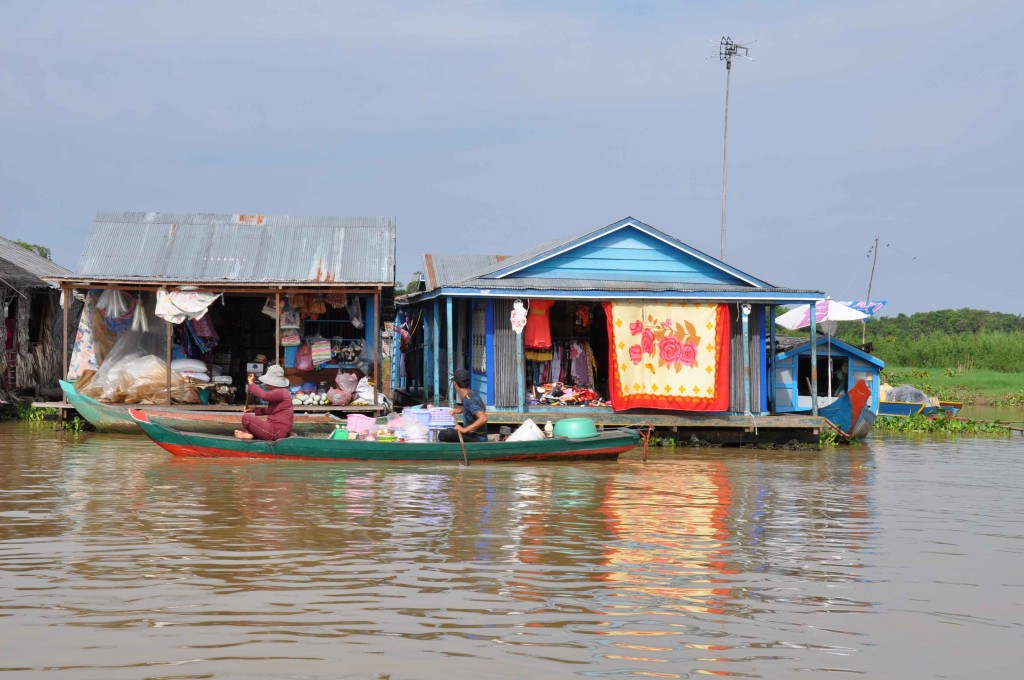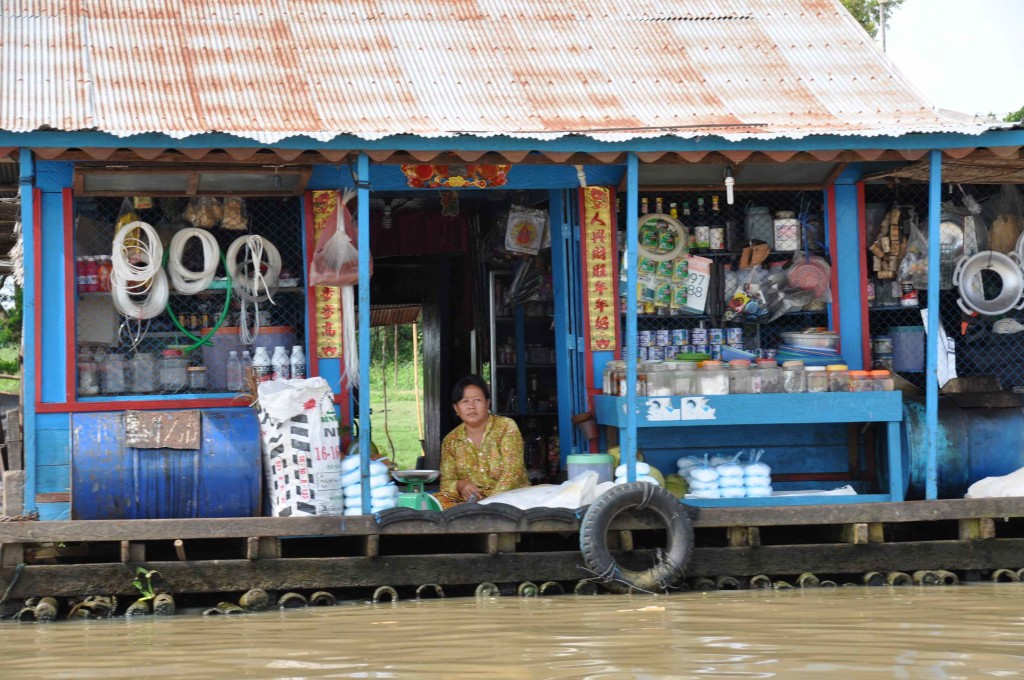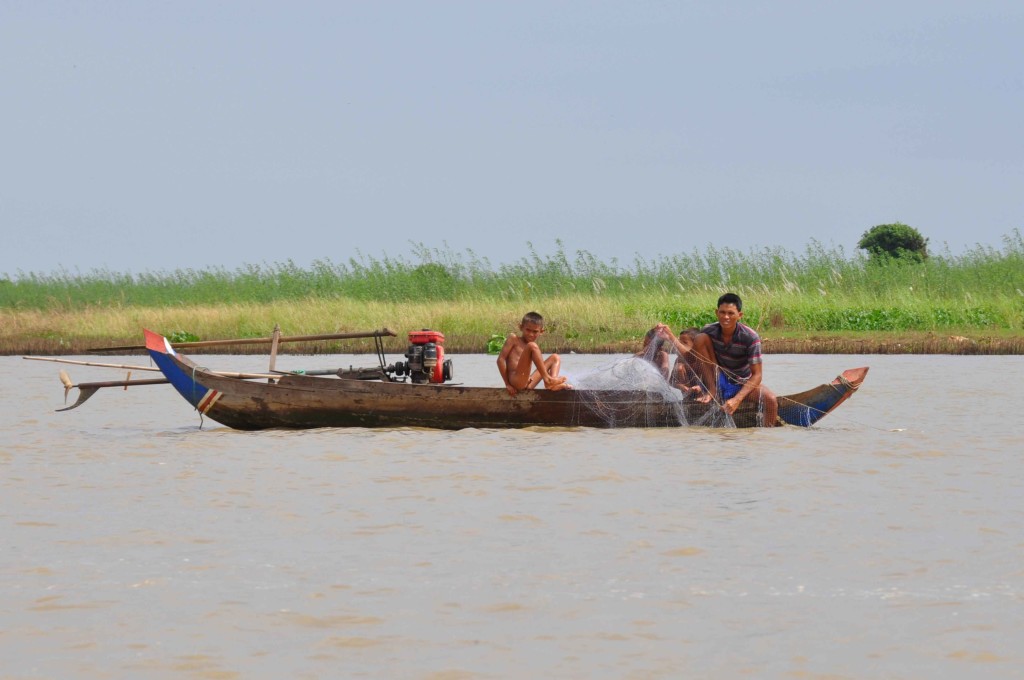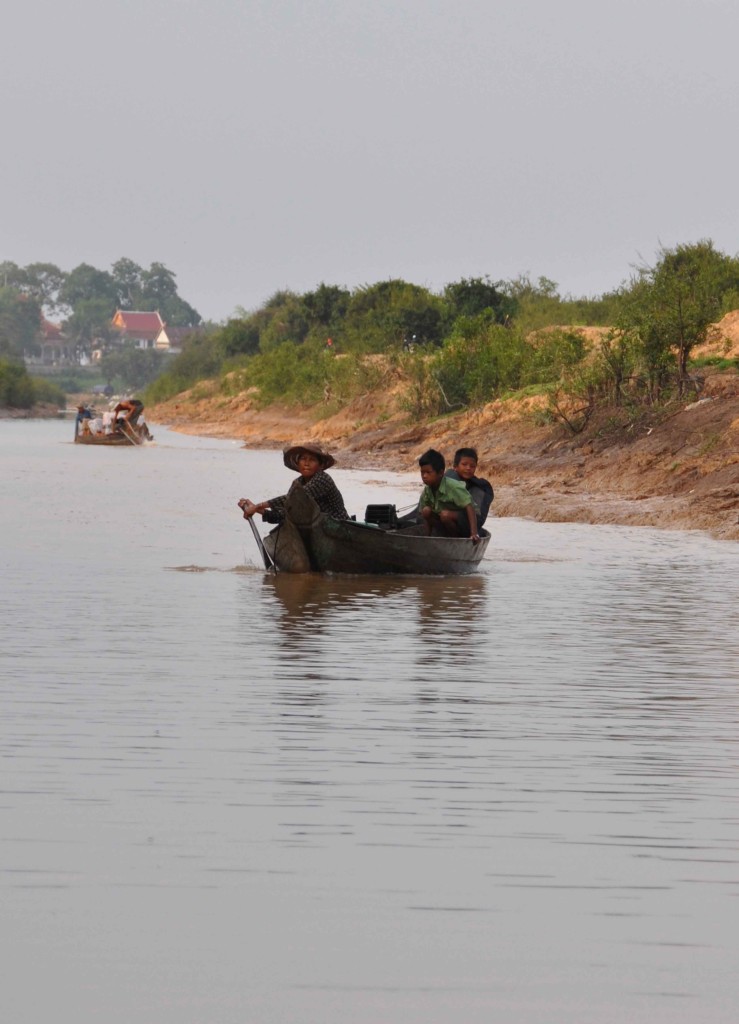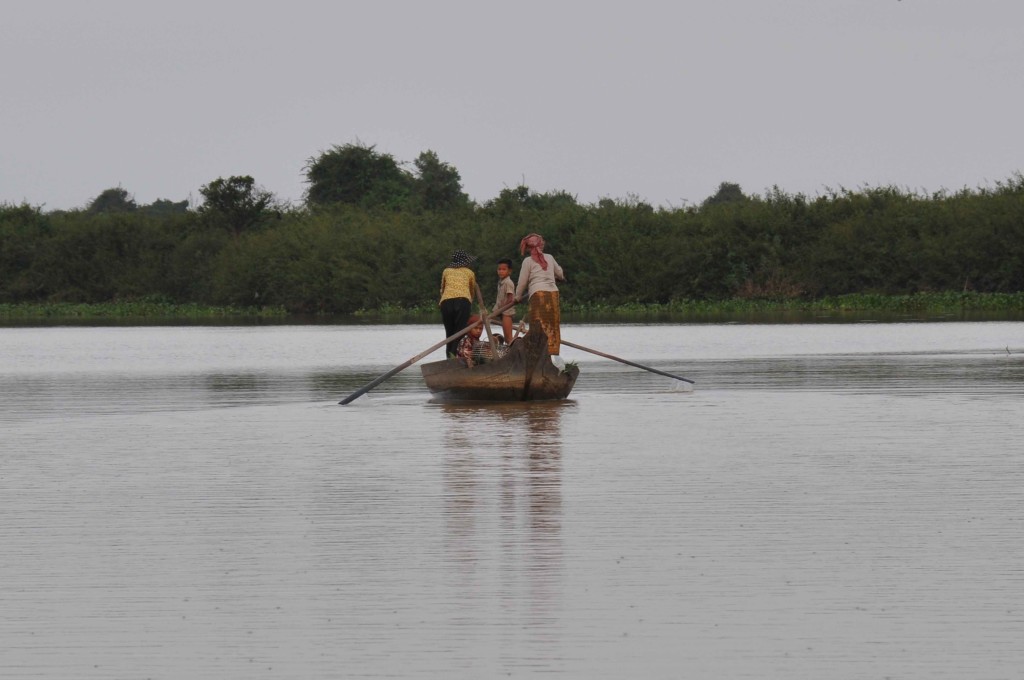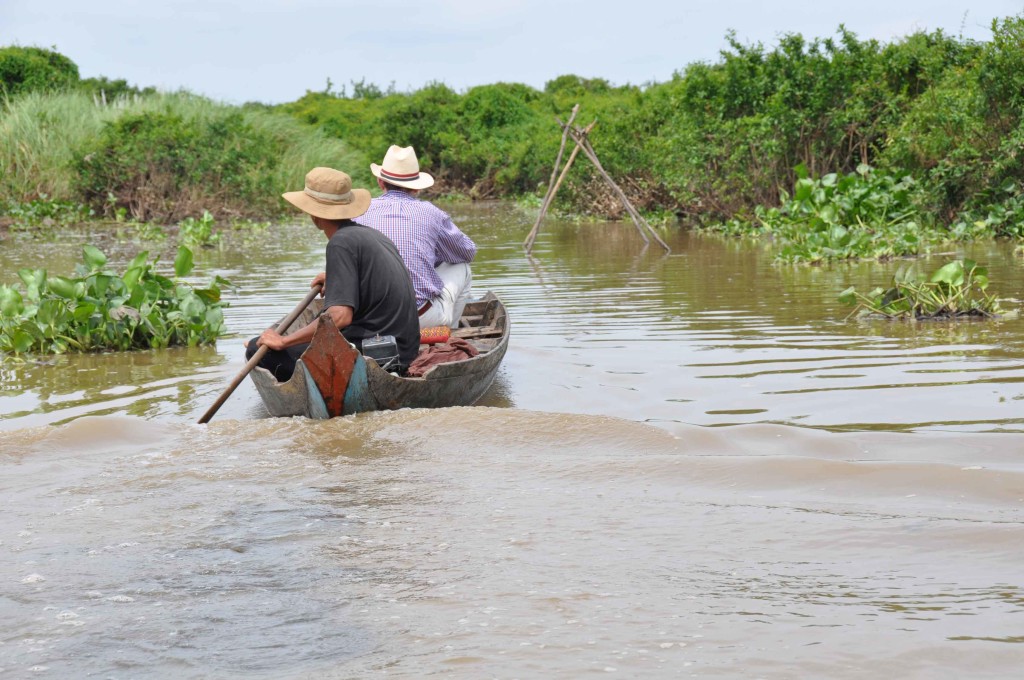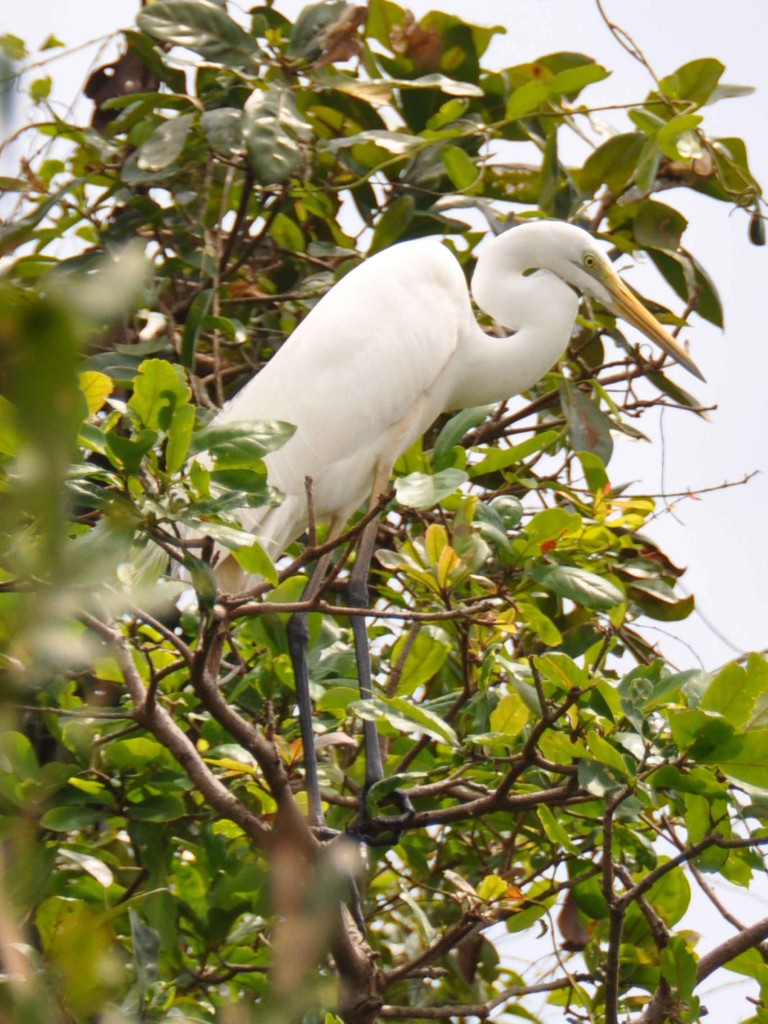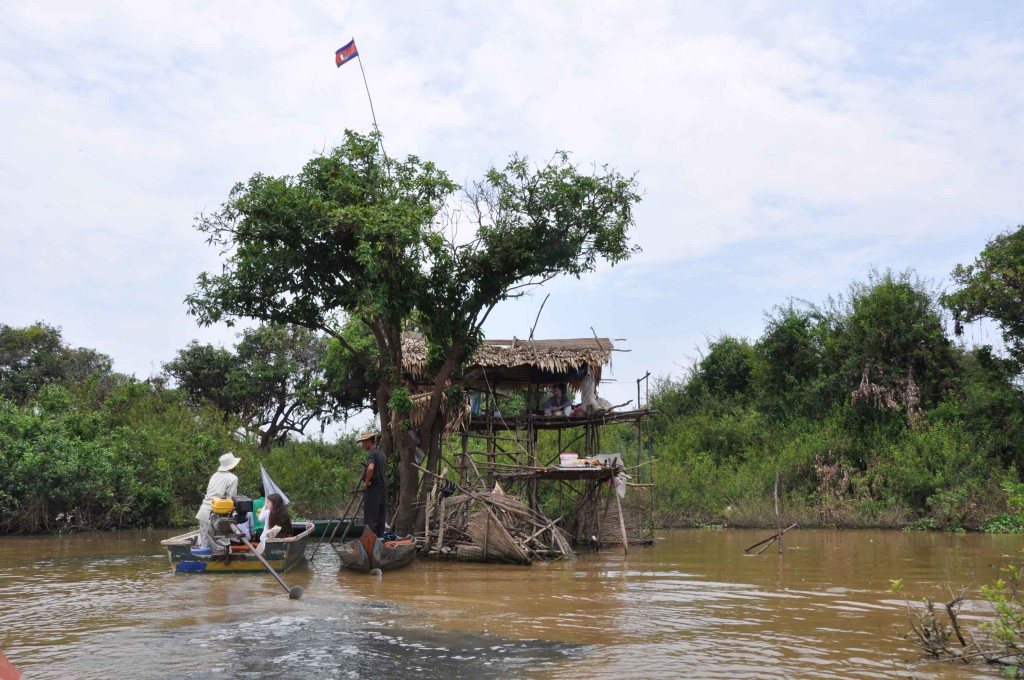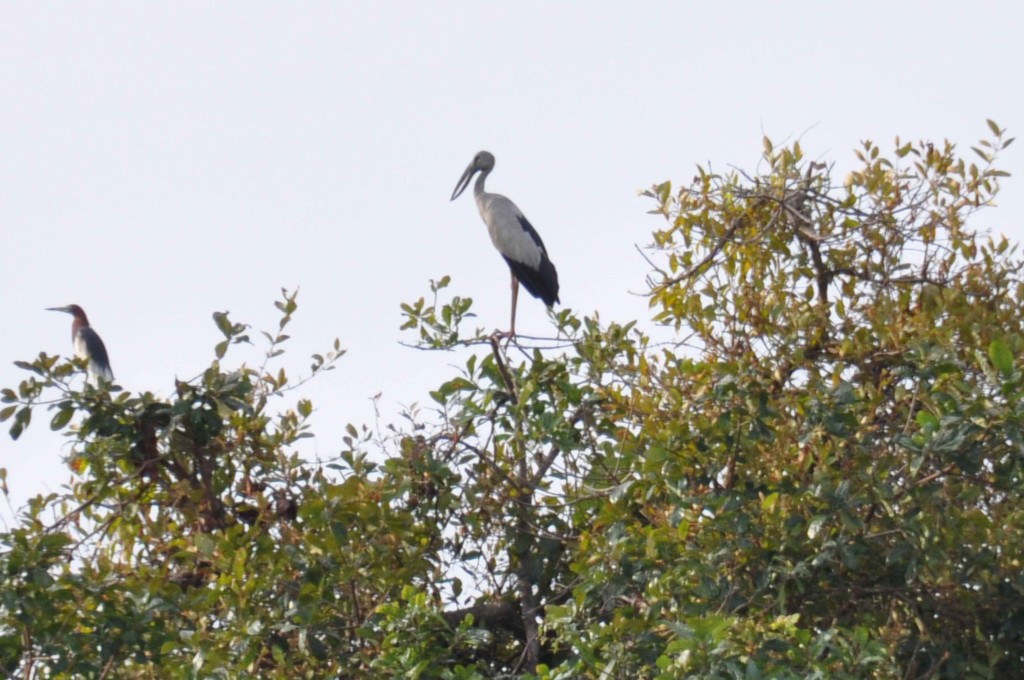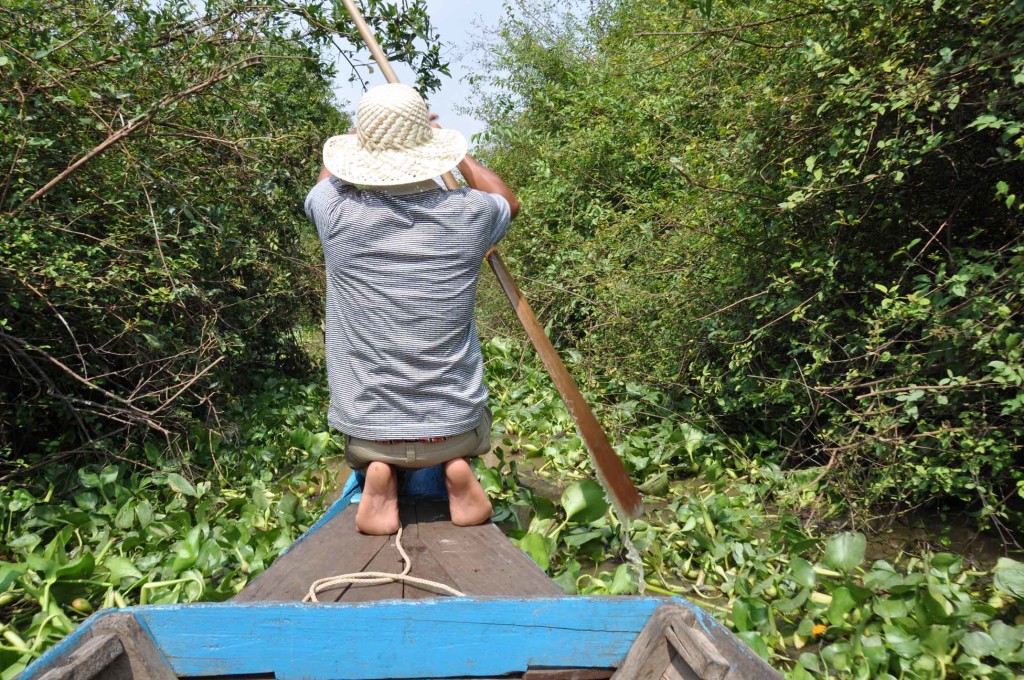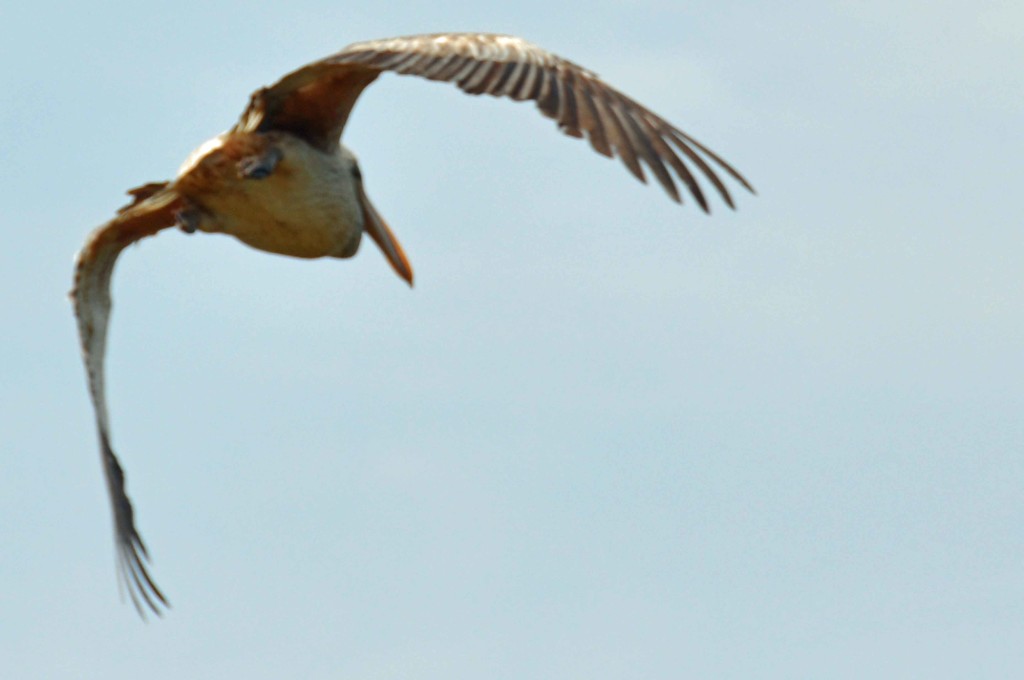Updating the photos, trying to shrink them to a more respectable size and make some space for yet more on the site. At some level, I understand that this is obsessive but it’s also quite a lot of fun revsiting places through photos I haven’t looked at for a while.
Siem Reap is a rather laid back in town, the place you stay if you want to visit Angkor Wat and the surrounding.
As well as the main Angkor Archaeological Park, we vsited Ta Prohm where the Angelina Jolie movie Tomb Raider was filmed.
Angkor Thom is the famous temple complex with many smiling faces and even at the height of the tourist season, we managed to find some space and calm.
Banteay Srei was a temple complex built from red sandstone and founded in 967AD.
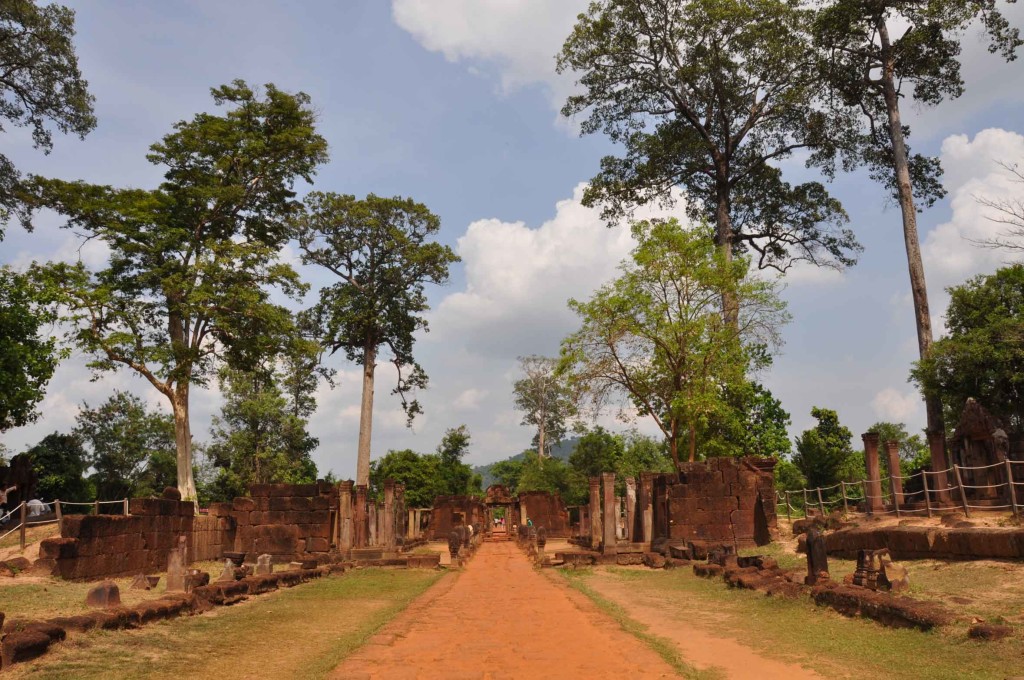
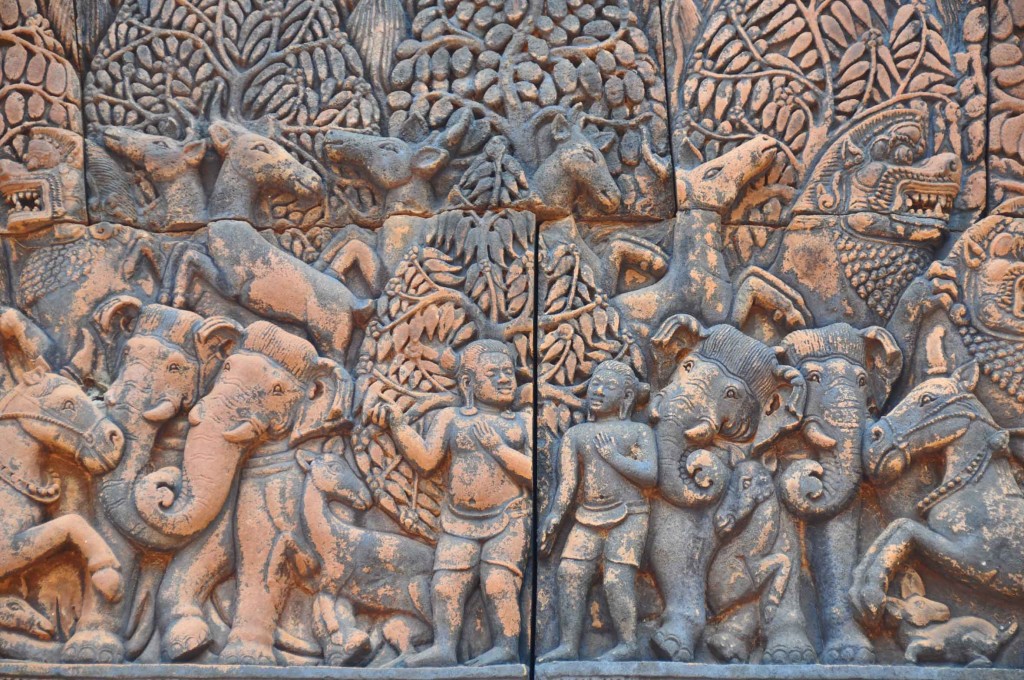
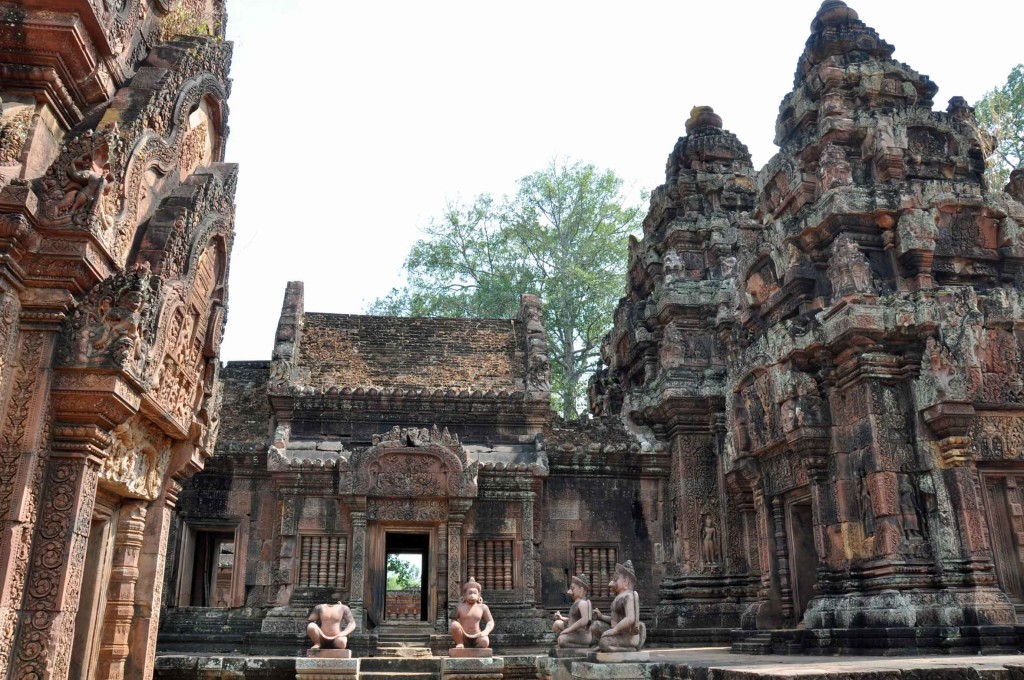
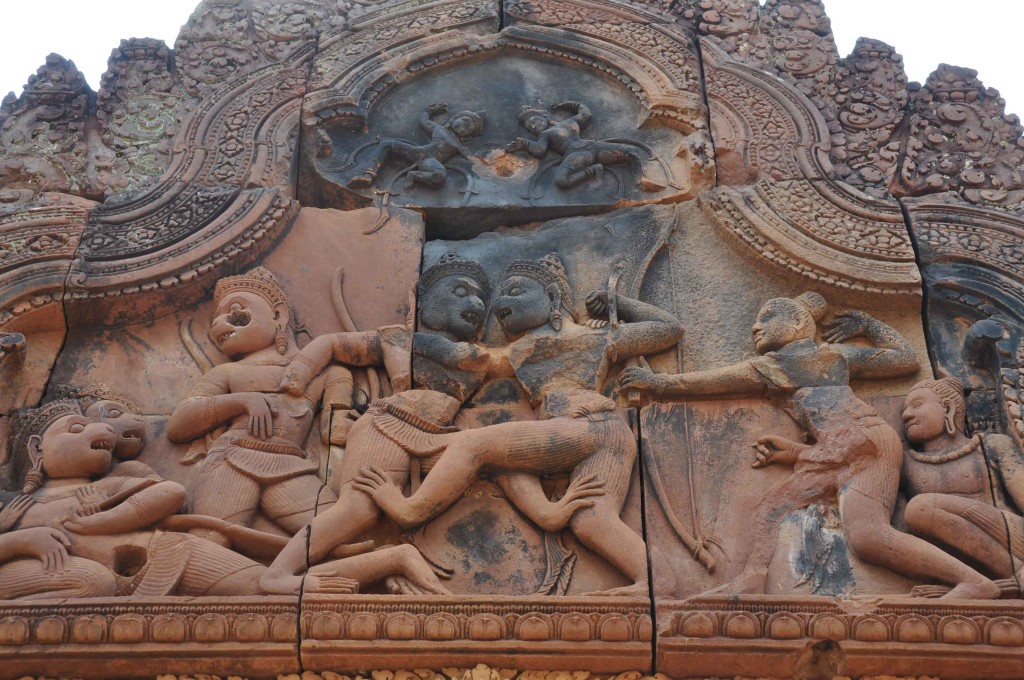 But ofcourse it all fades into the background when compared to Angkor Wat.
But ofcourse it all fades into the background when compared to Angkor Wat.
But the best and most surprising thing about visiting Cambodia and Siem Reap was a trip to Tonle Sap.
This lake is one of the most unique ecological water wonders in the world. It is the largest lake in South East Asia and changes in size and dimension every wet season. With a minimum size of 2,800 km² and about 1 m depth during the dry season, the lake is fairly small. During the wet season the water of the Mekong river becomes so powerful, that it reverses the flow of the Tonle Sap river and pushes the surplus of rain water back into the Tonle Sap lake. This transforms the lake into a huge natural water reservoir and the lake’s size increases to approximately 15,000 km² with a depth of 8m.
With the continuous change of the water level, the people who live on the lake have to move their houses away when the water level goes down. Whole villages including schools, shops, churches and pig farms are getting pulled away to a place where the water is still high enough to float.
We visited during the dry season, courtesy of a charity organistaion that took us across the lake in search of a ranger station. Everything took an extraordinary amount of time. A journey that would take 30 minutes during the wet season when the water is highest, took two hours with the water getting shallower and shallower, with water hyacinths blocking up the streams in and out of the nature reserve.
When we visited the ranger station was high above the level of the lake, though originally built to just sit above the water but after an hours journey in 40C heat, we managed to be both more and less impressed by our arrival and lunch of rice and beans.
Ofcourse on the way out my boat broke down and the poor guy had to paddle us out of there. Depending on which member of the family you ask, it was either the highlight or the worst bit of the entire trip.


